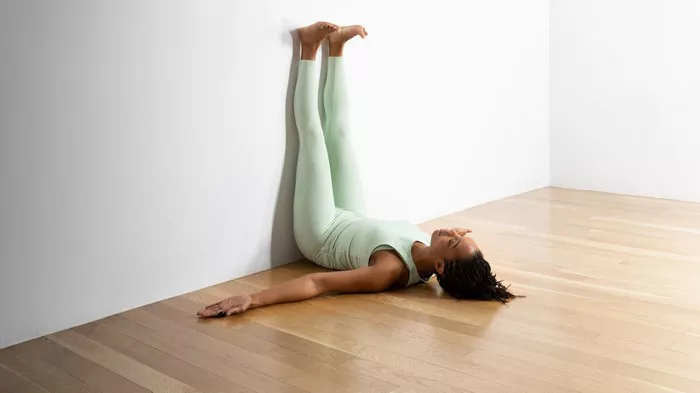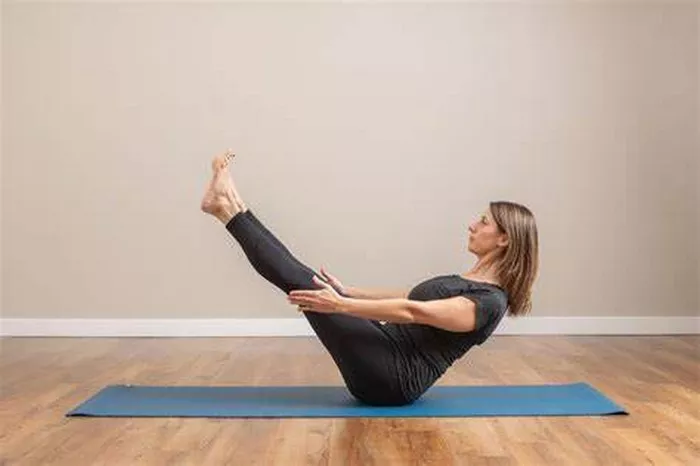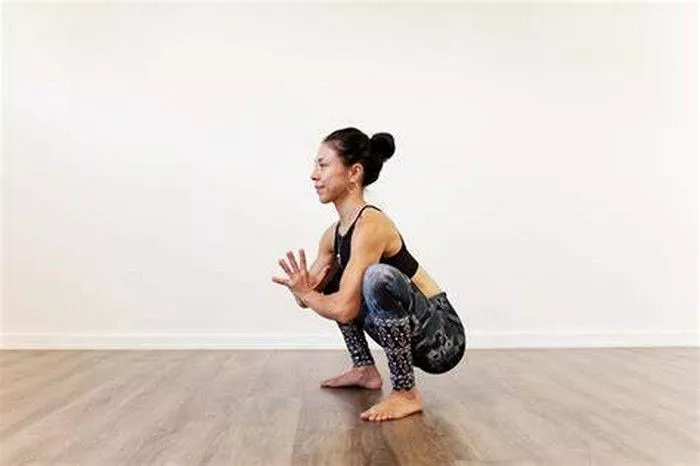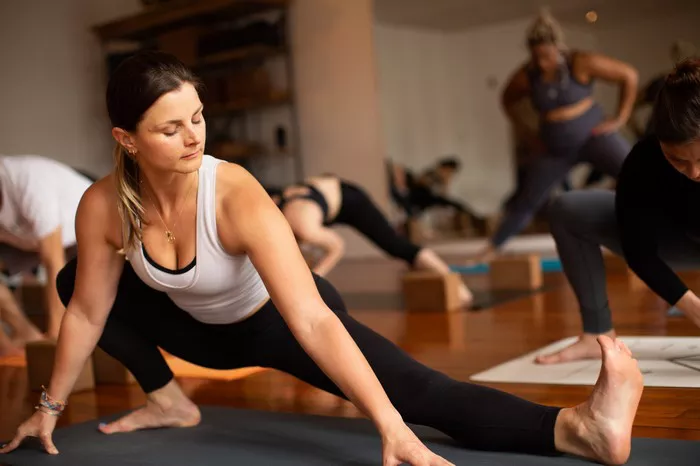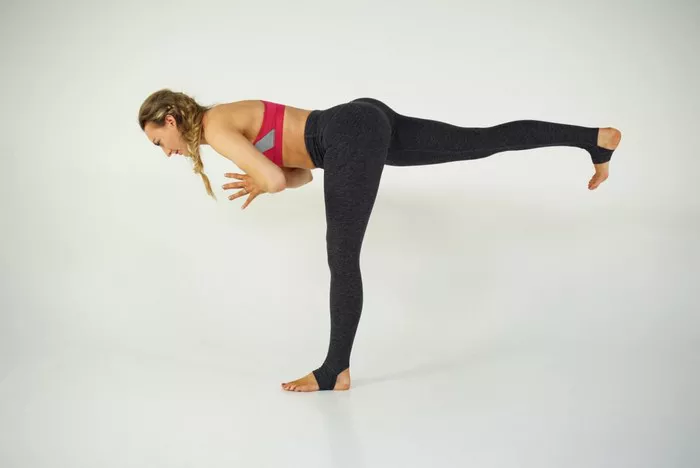Yoga, with its myriad of poses and practices, offers a rich tapestry of techniques for physical, mental, and spiritual well-being. Among these practices, inversion poses stand out for their unique benefits and challenges. Inversions involve placing the head below the heart, often with the legs elevated above the torso. While they may seem intimidating at first, with proper guidance and practice, these poses can become empowering tools for enhancing strength, flexibility, balance, and inner peace. In this article, we’ll delve into the top 10 yoga inversion poses, exploring their benefits, techniques, and variations.
1. Adho Mukha Svanasana (Downward-Facing Dog)
This foundational inversion pose is accessible to practitioners of all levels. Downward-Facing Dog offers a gentle inversion where the head is positioned below the heart while the feet and hands press firmly into the ground. This pose elongates the spine, strengthens the arms and legs, and calms the mind. Variations include Puppy Pose and Three-Legged Downward-Facing Dog, which deepen the stretch and engagement of different muscle groups.
2. Sirsasana (Headstand)
Often referred to as the “king of all yoga poses,” Headstand is a challenging yet rewarding inversion that requires focus, strength, and balance. In this pose, the crown of the head rests lightly on the ground while the arms and shoulders support the body. Headstand increases blood flow to the brain, improves concentration, and strengthens the core and upper body. Practitioners can explore variations such as Bound Headstand or Supported Headstand using props for added stability.
3. Sarvangasana (Shoulder Stand)
Known as the “queen of all yoga poses,” Shoulder Stand offers a multitude of benefits for the body and mind. In this inversion, the body is supported on the shoulders with the legs extended upward. Shoulder Stand stimulates the thyroid and parathyroid glands, improves circulation, and relieves stress and fatigue. Variations such as Supported Shoulder Stand with props or Half Shoulder Stand can be explored to adapt the pose to individual needs and abilities.
4. Pincha Mayurasana (Forearm Stand)
Forearm Stand challenges the practitioner to balance on the forearms while the legs extend upward. This inversion strengthens the arms, shoulders, and core muscles while improving balance and concentration. Variations such as Dolphin Pose and Forearm Plank help build the strength and stability required for Forearm Stand, making it accessible to practitioners at different levels of experience.
5. Salamba Sirsasana (Supported Headstand)
Supported Headstand offers all the benefits of Headstand with added support from props such as a yoga block or bolster. This variation reduces the strain on the neck and shoulders, making it ideal for beginners or those with neck issues. Supported Headstand still provides the benefits of increased blood flow to the brain, improved focus, and enhanced core strength.
6. Viparita Karani (Legs-Up-the-Wall Pose)
A gentle inversion suitable for all levels of practitioners, Legs-Up-the-Wall Pose involves lying on the back with the legs extended vertically against a wall. This pose promotes relaxation, relieves tension in the legs and lower back, and calms the nervous system. Legs-Up-the-Wall Pose is often used as a restorative posture at the end of a yoga practice or during times of fatigue and stress.
7. Handstand (Adho Mukha Vrksasana)
Handstand challenges the practitioner to balance on the hands with the legs extended upward. This advanced inversion builds upper body strength, core stability, and mental focus. Practitioners can explore variations such as Wall Handstand or L-Stand to develop the necessary strength and confidence before attempting a full Handstand away from the support of a wall.
8. Pincha Mayurasana (Feathered Peacock Pose)
Feathered Peacock Pose is an advanced variation of Forearm Stand where the legs are brought into a lotus or half lotus position. This inversion requires a high level of strength, flexibility, and concentration. Feathered Peacock Pose strengthens the arms, shoulders, and core while opening the hips and stretching the legs. Advanced practitioners can explore variations such as One-Legged Feathered Peacock Pose for added challenge.
9. Bakasana (Crow Pose)
Crow Pose is a beginner-friendly arm balance that introduces the practitioner to the sensation of balancing on the hands. In this inversion, the knees rest on the backs of the arms while the hands press firmly into the ground. Crow Pose strengthens the arms, wrists, and core muscles while improving balance and concentration. Variations such as Side Crow or Crane Pose can be explored as the practitioner advances in their practice.
See Also: Crow Pose (Bakasana)
10. Eka Pada Sirsasana (One-Legged Headstand)
One-Legged Headstand is an intermediate inversion that adds a twist to the traditional Headstand by extending one leg upward while the other remains in a bent position. This variation increases the challenge to balance and core stability while providing a deeper stretch to the hamstrings and hip flexors. One-Legged Headstand cultivates focus, strength, and mindfulness as the practitioner finds stability in an asymmetrical position.
Conclusion
In conclusion, yoga inversion poses offer a diverse range of benefits for the mind, body, and spirit. From foundational poses like Downward-Facing Dog to advanced variations such as Feathered Peacock Pose, each inversion challenges the practitioner to explore their strength, flexibility, and balance in new ways. With regular practice and mindful attention, these poses can become powerful tools for transforming both the physical body and the inner landscape of thoughts and emotions. Whether you’re a seasoned yogi or a curious beginner, incorporating inversion poses into your yoga practice can deepen your understanding of yourself and the world around you.

